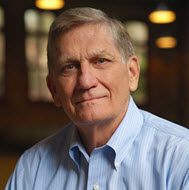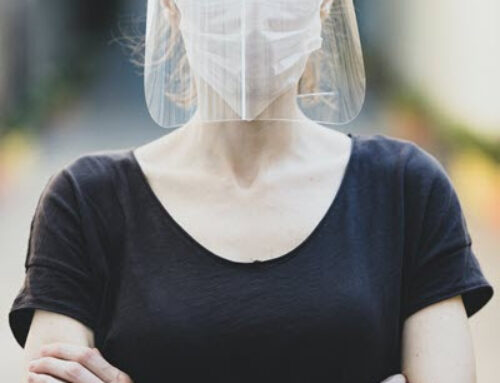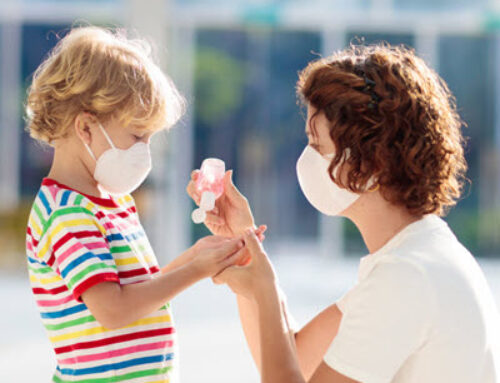The seven classic symptoms of mania and hypomania are probably best summed up through the use of the acronym
D I G F A S T
Distractibility: Inability to maintain focus on tasks
Insomnia: Reduced need for sleep accompanied by increased energy in spite of little sleep
Grandiosity: Inflated self-esteem
Flight of ideas: Racing thoughts
Activities: Increase in goal-directed activity – work, social, school
Speech: Excessive, circumstantial, tangential chatter, pressure to keep talking or more talkative than usual
Thoughtlessness: Risky behavior, such as excessive involvement in pleasurable activities that have a significant potential for adverse consequences – excessive spending, risky sexual behavior, reckless driving, gambling, impulsive traveling
DIFFERENCES BETWEEN MANIA AND HYPOMANIA
Mania:
- Marked occupational/social dysfunction
- Often a need for hospitalization
- 67% of patients have a lifetime history of psychosis
- Minimum of one week duration according to DSM IV
Hypomania:
- No significant occupational or social dysfunction
- No hospitalization
- No psychotic features
- Minimum four-day duration (average is 2-3 days)





Leave A Comment
You must be logged in to post a comment.